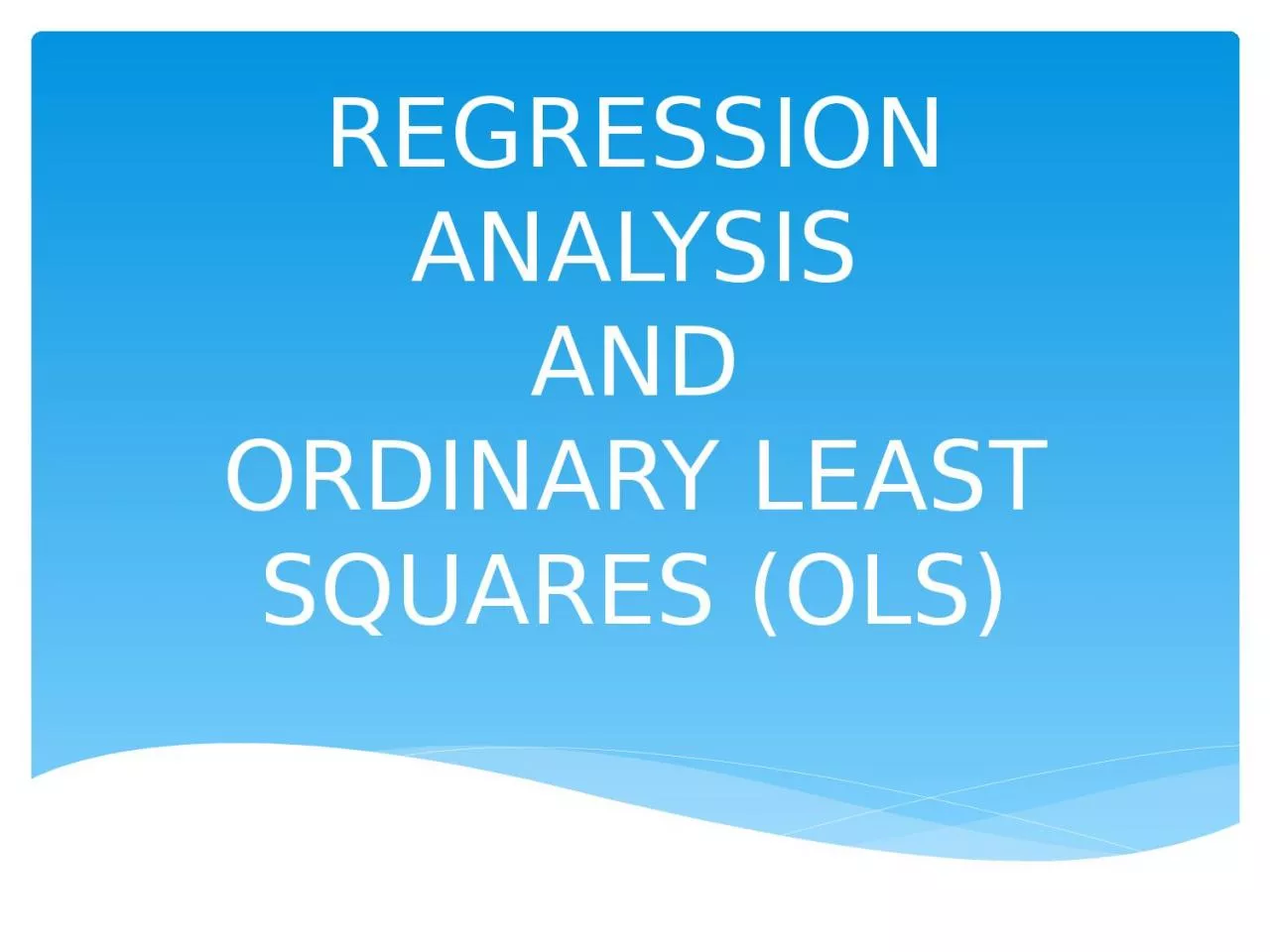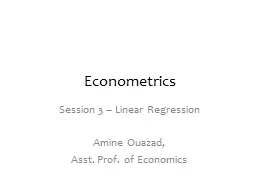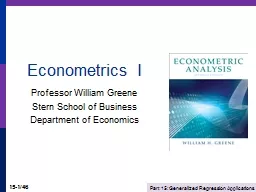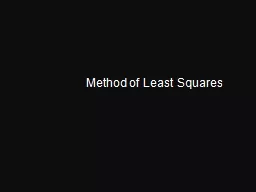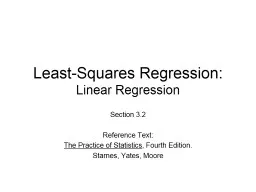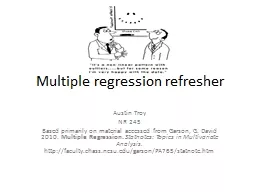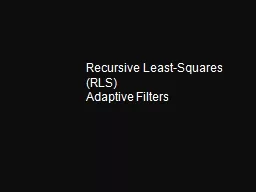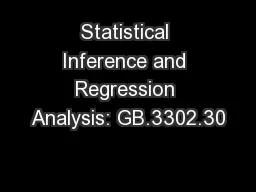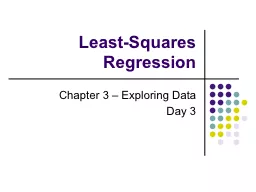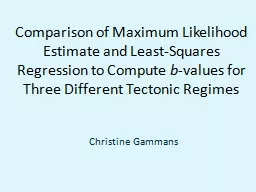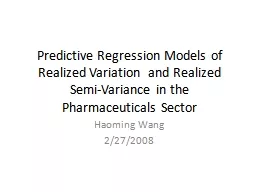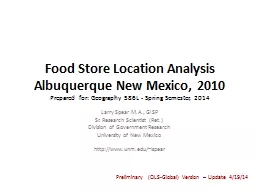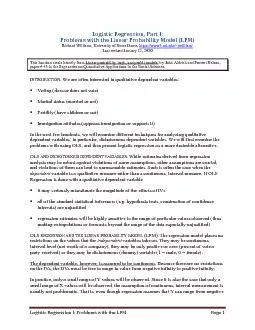PPT-REGRESSION ANALYSIS AND ORDINARY LEAST SQUARES (OLS)
Author : PrincessPeach | Published Date : 2022-08-02
A statistical process for estimating the relationships among variables REGRESSION ANALYSIS Functional Relationship Deterministic An exact relationship between
Presentation Embed Code
Download Presentation
Download Presentation The PPT/PDF document "REGRESSION ANALYSIS AND ORDINARY LEAST S..." is the property of its rightful owner. Permission is granted to download and print the materials on this website for personal, non-commercial use only, and to display it on your personal computer provided you do not modify the materials and that you retain all copyright notices contained in the materials. By downloading content from our website, you accept the terms of this agreement.
REGRESSION ANALYSIS AND ORDINARY LEAST SQUARES (OLS): Transcript
Download Rules Of Document
"REGRESSION ANALYSIS AND ORDINARY LEAST SQUARES (OLS)"The content belongs to its owner. You may download and print it for personal use, without modification, and keep all copyright notices. By downloading, you agree to these terms.
Related Documents

